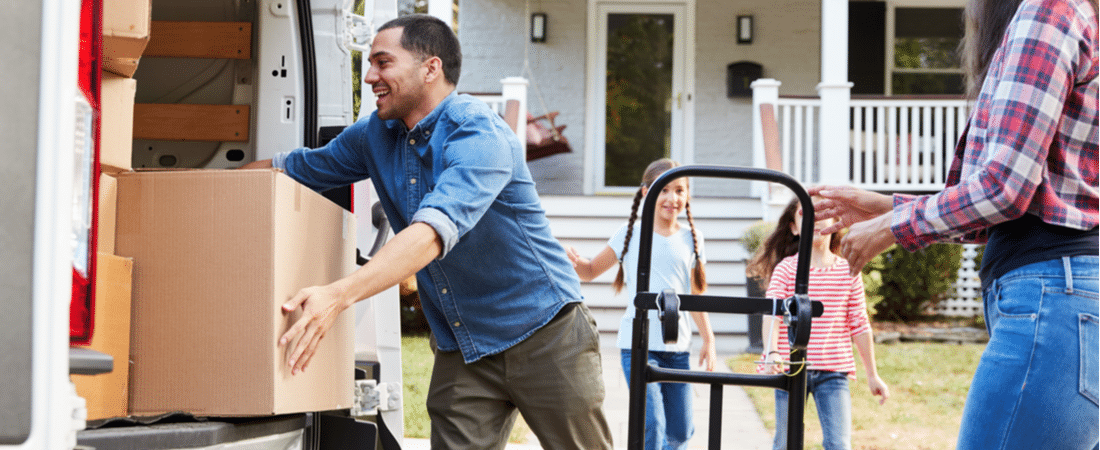Where are people moving in 2020? Americans are moving away from big cities, building new homes in smaller cities, suburbs and more rural areas.
In 2020, Americans are looking for a reprieve from expensive, crowded mass metropolitan areas by relocating to smaller cities, suburbs and more rural areas, according to the latest quarterly Home Building Geography Index (HBGI) by the National Association of Home Builders (NAHB).
This trend was well underway before the COVID-19 pandemic hit, but the greater challenges that big cities faced during the crisis likely hastened the desire to live in less densely populated areas. In fact, according to a just-released survey by Redfin, a record 27 percent of homebuyers are looking to relocate to more affordable, less dense areas.
The NAHB expects more residential construction in low and medium density markets in the quarters ahead as remote work continues to rise and allow households to seek single-family homes further away from urban cores.
Where Are People Moving in 2020?
Research by HireAHelper on where Americans moved to and from in 2019 supports findings from the NAHB.
States that had the biggest net losses of residents were home to some of the largest cities in America, like New York (-18 percent), California (-17 percent), Illinois (-17 percent) and New Jersey (-17 percent). As some of the wealthiest states, they’re also the most expensive to live in, with New York and San Francisco making it into the top 10 most expensive cities to live in around the world.
More rural states like Idaho (+42 percent), New Mexico (+41 percent), Maine (+35 percent), Arizona (+25 percent), South Dakota (+25 percent), Iowa (+24 percent), Mississippi (+23 percent), Nevada (+23 percent), North Carolina (+21 percent) and Vermont (+21 percent) all registered significantly more people moving into them compared to leaving them.
Smaller cities in southern states like Scottsdale, AZ, Durham, NC, Sarasota, FL, Jacksonville, FL, and Mesa, AZ, all had more than 50 percent more people moving in than moving out. In states with bigger cities, smaller cities or suburban areas were more attractive, like in Texas, Austin beat out both Dallas and Houston, in Illinois, Champaign had higher gains over Chicago, in New York, Albany drew more residents than New York City and in Arizona, Scottsdale outshone Phoenix.
“What’s clear is that more people are looking for room to literally breathe in this Covid-19 pandemic,” said Ilyce Glink, publisher of ThinkGlink.com and a syndicated real estate columnist. “They want space and don’t want to live on top of people. This is a complete reversal for Millennials, who moved to the nation’s cities, hoping to take advantage of the diversity, culture, and lifestyle benefits of urban life, and now seem willing to trade off commute for a larger home and land.”
As city dwellers flock to these smaller cities, suburbs and rural areas away from expensive, cramped metropolitans, residential builders will ramp up construction activity in these areas.
More on Topics Related to Real Estate Trends
Top 5 Home Remodeling Trends in 2020
Will Mortgage Rates Continue to Drop in 2020?
Buying vs Renting a Home in 2020
5 Best States to Retire in 2020
Top Kitchen Trends to Watch in 2020







Diversity huh?
True diversity values peoples having their own spaces – which is the only way to preserve diversity.